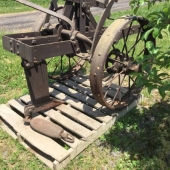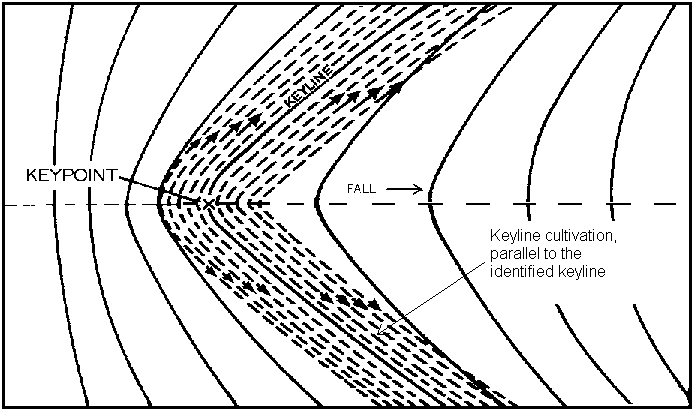Hi Talia and Lm...
Talia, sounds like you've some tough issues happening there... so how generate solutions from the situation!? There are never any guarantees of course when dealing with complex natural systems, other than that they will surprise you! it may be a good idea to try some experiments on smaller scales before treating the entire place... ripping could potentially be of use, at least dilute some of the salty situation? and break up subsoil compaction... planting or seeding a lot of diversity and seeing what actually responds in those conditions might be useful too... perhaps reed canary grass (cows will love it too), maybe even rushes? the more the merrier to see what happens... using composts and/or
compost teas as well could give back the biology missing, and help complex up the salts... maybe all along with your salt tolerant green manures too... experimentation can take some time but is usually worth it in the long run before spending too much time money and energy on a larger treatment at one time... good luck!
Lm, Keyline Design as a planning process is absolutely of benefit in any kind of environment for developing your whole farm layout.
Keyline plowing specifically can have benefits in less dry, more mesic environments also, depending on if by using that tool you are addressing something that is holding you back from soil improvement... a weak link. This could be compaction for example, which happens in all environments.
Where I would be much less likely to use that tool is in a healthy and well functioning soil, with a diverse active food web... if it is not 'broken' why fix it, or risk setting it back...
thanks for both your questions!







